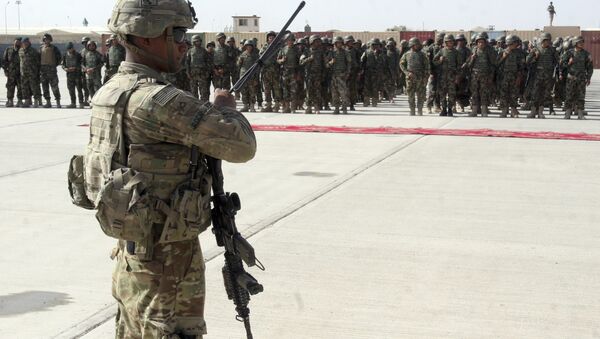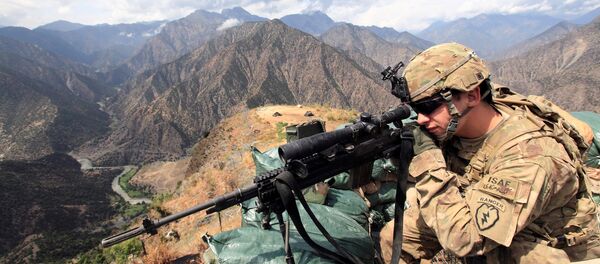The Wall Street Journal actually broke the story August 22, citing defense officials who divulged there were 12,000 US personnel in Afghanistan for the joint US and NATO counterterrorism mission and train, advise and assist mission with Afghan security forces – some 4,000 more than official counts claimed.
The WSJ report cited unnamed officials but the Pentagon publicly conceded on Wednesday that they’d been lying about troop levels for quite some time. "This way of doing business is over," Defense Department spokeswoman Dana W. White said Thursday.
Undercounting was a tactic which "supported operational security," she said – verbatim what former State Department official Matthew Hoh told Sputnik News the Pentagon would say to justify obscuring force size and composition.
The DoD chief then turned around, signed an order to funnel more US armed service members to Afghanistan, and declined to reveal how many troops were on their way to Central Asia.
"I have signed orders but it is not complete," the general explained, saying he would only be able to publicly disclose the troop surge following closed-door meetings with legislators next week.
"They use this trick, which is kind of an old trick, and they are trying to pull the wool over the eyes of the people of the United States who are completely sick and fed up with decades of endless war," Loud & Clear producer Walter Smolarek said on Radio Sputnik Thursday.
It’s a pretty poorly kept secret, however: officials have leaked to a number of news services for months that 3,900 to 4,000 will likely be shipped to Afghanistan for the never-ending war.
"I don’t think it can end," United National Anti-War Coalition co-coordinator Joe Lombardo said on Loud & Clear. "I don’t think there is a winning scenario for the US military in Afghanistan."
Of course, while much of the media uproar has focused on pinpointing the exact troop level, a Military Times report from August 2016 noted that DoD contractors outnumbered troops 3:1. Relying on contractors is another tactic the US uses to conceal the full picture of its operations in the region.



